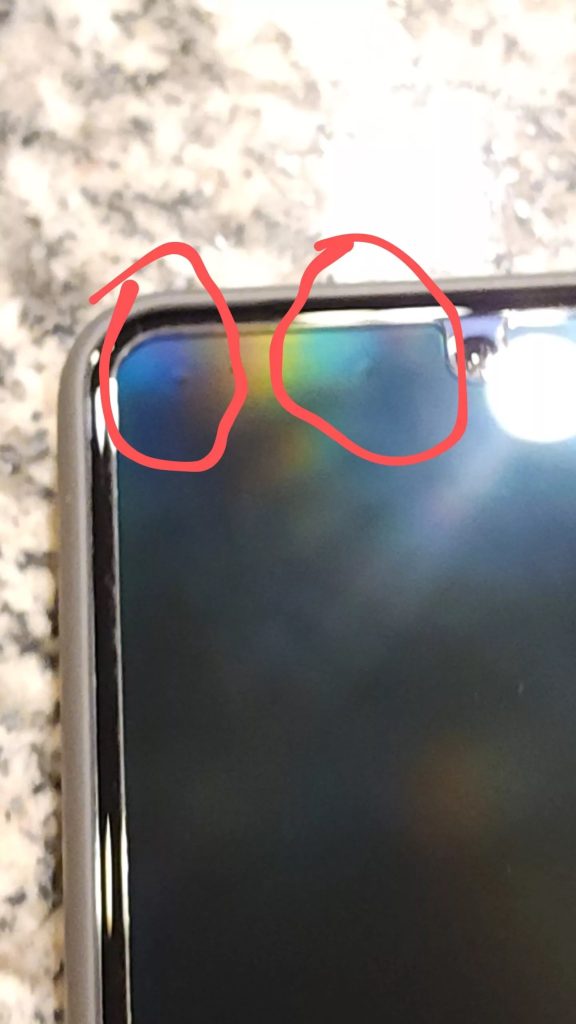The Google Pixel 8 Pro has stirred some attention among its users, not all of which is due to its impressive capabilities. Some eagle-eyed owners of the device have reported unusual bumps and ripples on their phone displays, a discrepancy primarily visible when the screen is off. Concerns were raised as to what these anomalies might signify for the device’s overall quality and longevity.
Addressing these concerns head-on, Google has recently provided clarity on the situation. In a statement to 9to5Google, the tech giant has shed light on the nature of the Pixel 8 Pro’s display anomalies, ensuring that customers understand the issue at hand.
According to Google, the bumps perceived by some Pixel 8 Pro users are indeed a result of the physical internal components pressing against the inside of the screen glass. However, it is crucial to note Google’s reassurance—these bumps have no “functional impact” on the device’s performance or durability. It appears, then, that the unusual visual is merely cosmetic and not indicative of a deeper structural or functional flaw.

Google’s further explanation highlights when these imperfections may be visible. The company specified that the bumps might be observed when the Pixel 8’s screen is turned off, the device is not in use, and under particular lighting conditions. This phenomenon may be reminiscent of earlier phones’ components, such as proximity sensors, sometimes faintly visible beneath the display under certain angles. However, it is worth mentioning that the Pixel 8 Pro’s display anomalies are not connected to these types of sensors. Unlike in previous designs where such components were mounted above the screen, the current instance is seemingly unrelated.
The occurrence of such display blemishes, due to underlying components, is not unprecedented in the realm of smartphones. Yet, it is uncommon enough to raise eyebrows, especially among users of a flagship device such as the Google Pixel 8 Pro, which promises up to seven years of updates. That said, Google’s assurance will likely put to rest any imminent fears regarding potential issues with screen durability or phone functionality.
Nevertheless, user vigilance is always appreciated in the tech community; customers spotting and flagging unprecedented issues can help companies preempt and address potential widespread problems. Despite Google’s reassurance, it will be interesting to see how this insight develops and if the display bump concern ever evolves into something more significant.
In the meantime, Pixel 8 Pro users can take solace in Google’s official statement and continue to enjoy their device’s array of features without worrying about the newfound aesthetic peculiarity. And should the display bumps turn into a more pressing matter, one can trust that Google will be pushed to provide further explanations or solutions, reinforcing their commitment to consumer satisfaction and product quality.
As it stands, the Google Pixel 8 Pro remains an innovative device in the smartphone market, and this small hiccup does not seem set to tarnish its reputation in any signficant way.



